Japan has mastered the art of seamlessly blending modern technologies and lifestyles with traditions and culture dating back more than 30,000 years. One way this culture is upheld is through the architecture of their homes, which reflect values that continue to guide the country.
What are Japanese Houses Called?
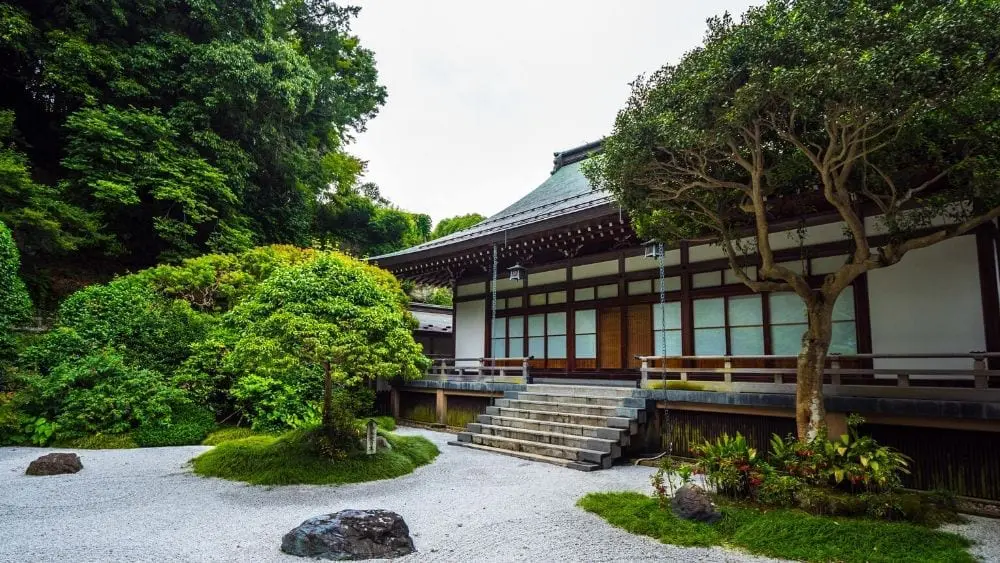
Traditional Japanese homes are called minka, and are often what people picture in their heads when they think of a Japanese style house. This includes tatami flooring, sliding doors, and wooden verandas circling the home. Additionally, there is minimal furniture; tables are low to the ground, and chairs and beds you might be used to are often nonexistent.
While modern homes vary greatly, a consistency throughout Japanese architecture is the idea of “form following function,” making houses highly efficient without requiring as much space as typical Western homes.
Involvement of Nature
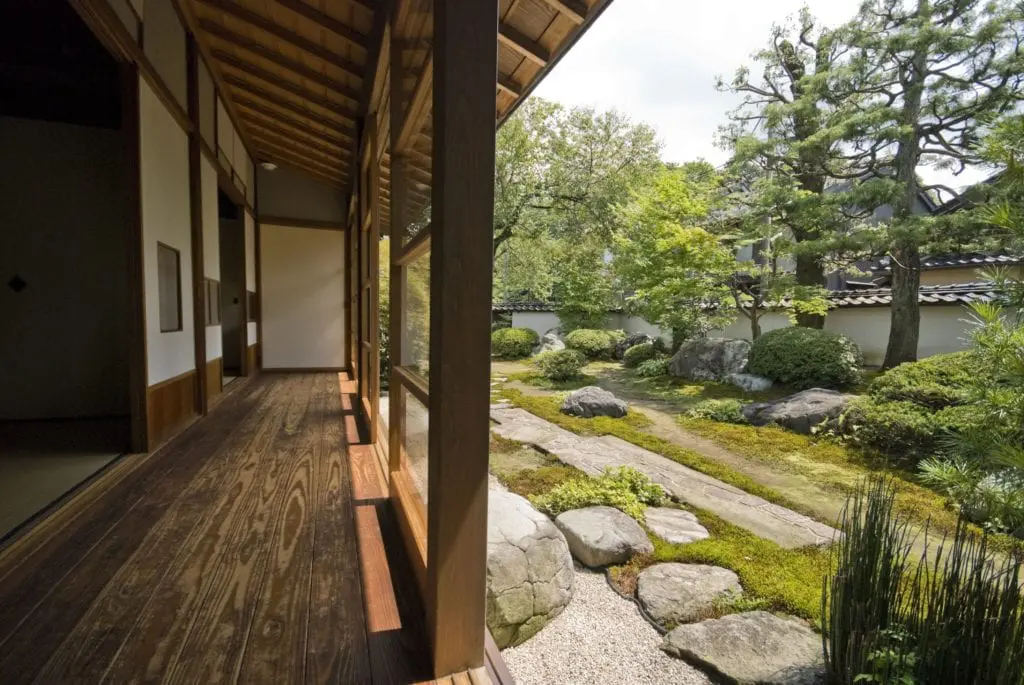
Traditional Japanese architecture makes use of – and highlights – nature in the immediate area. In traditional Japanese homes, almost every room opens to the outdoor garden, due to the wraparound veranda, or engawa, that serves as primary hallway to navigate the home.
Sliding doors called shōji also are found throughout the traditional Japanese home – wooden lattice frames with thin paper, wicker, or cloth as screens. Shōji doors are intentionally thin enough to provide some privacy without blocking out the sunlight. Because the materials are porous, these screens help with airflow and controlling humidity as well.
To fully embrace a minka-inspired aesthetic, you’ll need to incorporate Mother Nature. Plan for large windows with thin curtains to allow light and a breeze to flow through. If you have the means, a balcony for upstairs bedrooms is another way to bring in the outdoors.
If you’re looking for less renovation-heavy ways to modify your home, bring the outdoors in with plants, or wall décor of plant life and nature. If you’re inclined to turn your home into a jungle paradise with succulents and ivy on every available surface, go ahead, but know that’s not really keeping with traditional Japanese style. Instead, opt for one or two simple plants so as not to overwhelm the space; color and minimalism are important aspects of Japanese design.
Minimalism
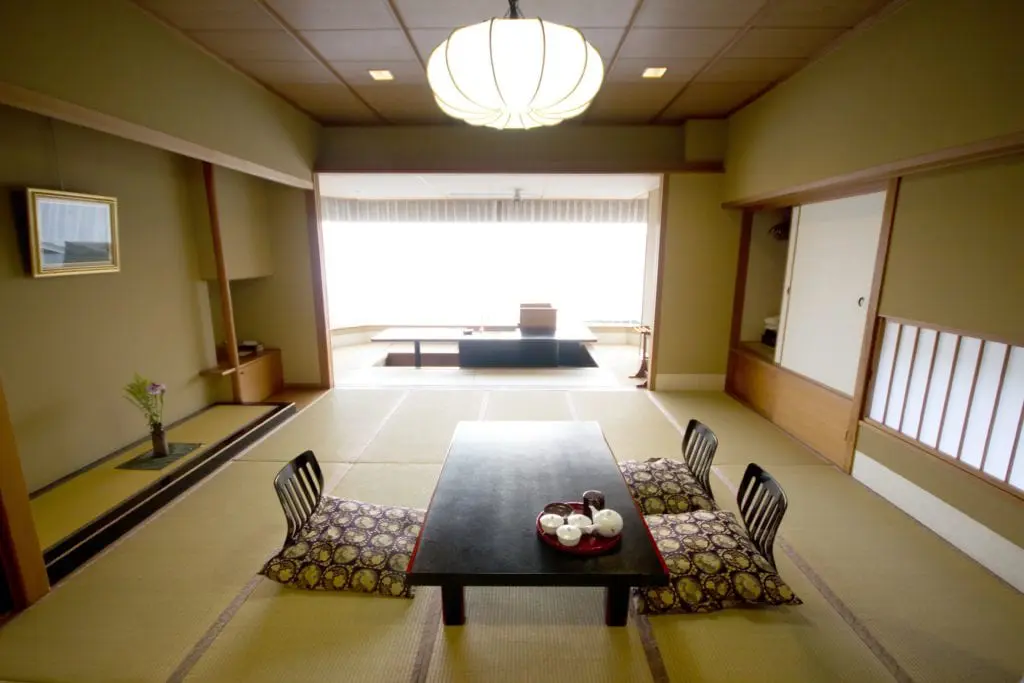
Marie Kondo’s advice didn’t just take off in American because Americans have a tendency to over-clutter and hoard (although we do) – it’s also because it’s a sustainable way of life that Japanese culture has taken up wholeheartedly.
Remember, the goal isn’t to get rid of everything you own (if that’s what you want, a tiny house might be more up your alley) but rather to create an organized and comforting home. No one wants to live in squalor, and with a bit of intentionality, this is feasible without giving up all of the luxuries you’ve come to enjoy.
When designing your new home, think about how your home can be built to support owning less stuff. Do you really need three linen closets upstairs? A butler’s pantry in addition to the kitchen cabinets? If you reduce the spaces for clutter to hide, you’re more likely to keep your home organized and chaos-free.
If you’re not in the process of designing a new home but still want to tidy up your space, focus on downsizing. Some people tackle this by season, some by room, and some all at once; there are plenty of tips and tricks to minimize your material possessions.
Color
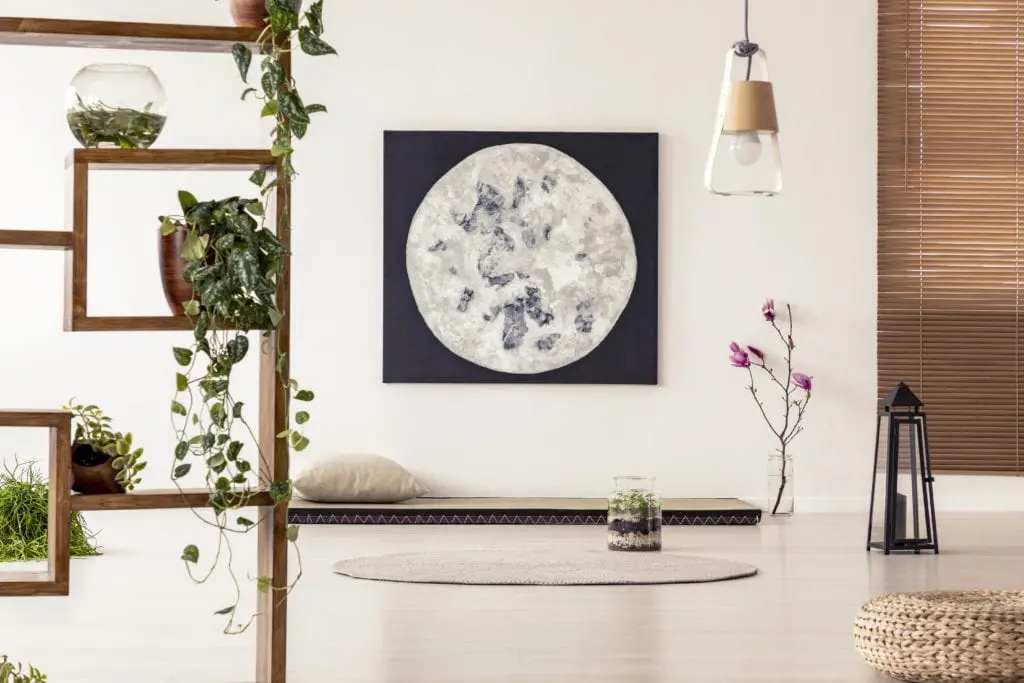
There is no one color to truly capture the aesthetics of Japan. Some people think of the red Shinto Shrines or the rising sun on the Japanese flag; others think of the electric neon of Tokyo’s nightlife or the vivid colors of the Harajuku District; and still others might picture cherry blossoms or the snowcapped Mount Fuji.
When it comes to traditional Japanese homes, the color palette is typically neutral. Varying shades of brown, from the tatami flooringcovered with woven rush to the exposed wooden beams supporting the roof, are common, as are white and black. Because minka relied on natural materials, homes tended to reflect the surrounding landscape.
Plants are common elements in Japanese homes as well. Tokonomas, or alcove used to display décor, often include ikebana flower arrangements in addition to a tapestry or incense burner. Plant life brought indoors often emphasizes the luscious, bright greens more than the colorful flowers adorning it. Gardens, on the other hand, are meant to highlight and pay respect to the surrounding landscape; as such, they’re more likely to feature the reds, whites, and pinks that attract homeowners.
Because most people are naturally drawn to neutrals, you likely won’t have to work very hard to bring in this color palette. Browns are the most common color; bring this in with exposed beams, window panes, or hardwood floors. Remember, though, this isn’t rustic; avoid making large visual areas all the same shade of brown, as the natural vibe you’re looking for will be lost.
As mentioned earlier, bring in plants that are strong shades of green. You might have a bamboo or bonsai plant, or a philodendron for something leafier. Outdoors, use azaleas or cherry blossoms for a pop of color, Japanese maples to cover large areas, and niwaki or “garden trees” that can be sculpted for a unique look.
Low-to-the-Ground Furniture

In traditional Japanese homes, residents and guests sat and slept directly on the tatami flooring. The comfortable and durable nature of these mats meant chairs were zabutons, or cushions on the ground, and beds were rolled out futon that were easy to store out of sight during the day. What furniture was present was much lower than what Westerners might expect, such as chabudai tables, which can be used comfortably while sitting on the ground.
If your joints allow you to embrace low profile furniture, lowered couches and tables in a small room are common in Japan, not to mention they do well to not overcrowd the space. Go with neutral-colored wooden furniture designed in clean, precise lines to bring the look of your entire home together.
Create Your Peace
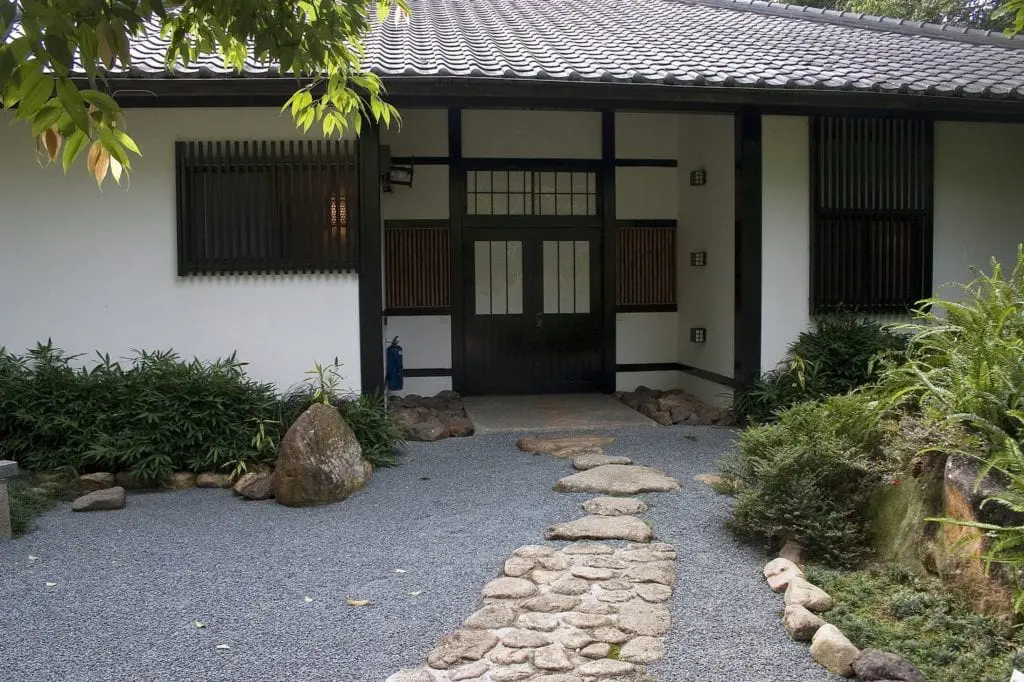
Like most aesthetics inspired by other cultures, embracing the aesthetic comes down to a feeling. For minka design, that’s an overall sense of tranquility. Peace has been a guiding principle of Japanese architecture for thousands of years, and continues to be evident today.
Plan your layout to capitalize on natural light and scenic outdoor views, downsize your material possessions and remove the clutter to which we’ve grown accustomed, and simplify the color palette of your home so as not to visually overwhelm yourself or visitors. Take things a step further by designing a meditation room inspired by the Japanese Zen principles. Natural tatami flooring, lots of natural light, and low-profile seating would all work beautifully in this space.
Ready to get started crafting your dream home? Head over to NewHomeSource for current listings nationwide.

Kian Zozobrado joined Builders Digital Experience (BDX) in 2019 as a content writer. A graduate of Southwestern University with a degree in English, Kian is passionate about the written word and making connections. Outside of work, Kian also serves as president of the Board of Directors for the Writers’ League of Texas.
 Kitchen and Bath Experts Reveal Flooring Trends
Kitchen and Bath Experts Reveal Flooring Trends
Jeremy Postlewait
This post is at the request of my 23 year old son. He has Autism and has issues with social understandings. Such as, My dog Calypso and Logan Japanese Style “Minka” Home. Thank you for your patience and understanding. ( He is watching this post for certain words)